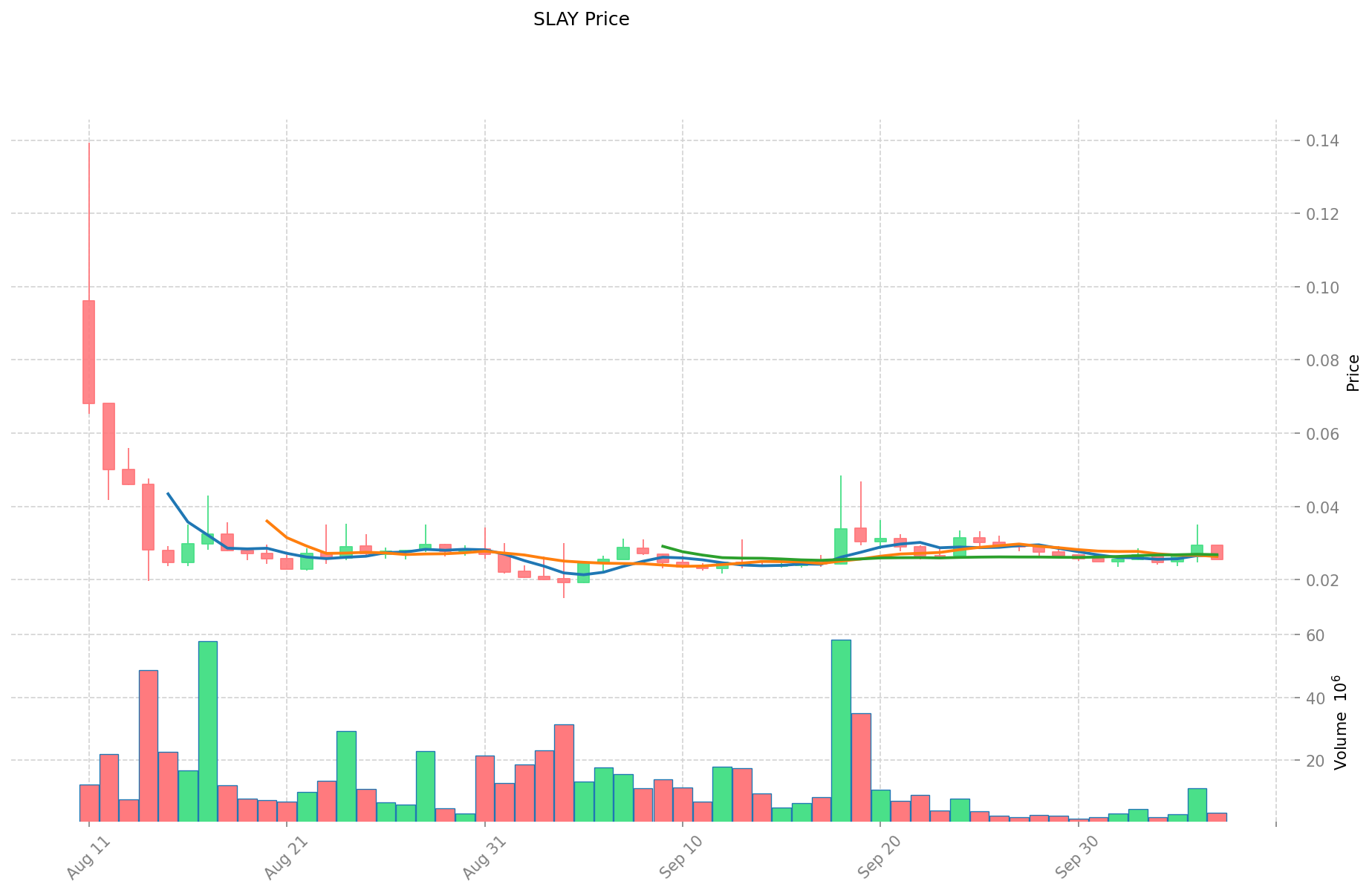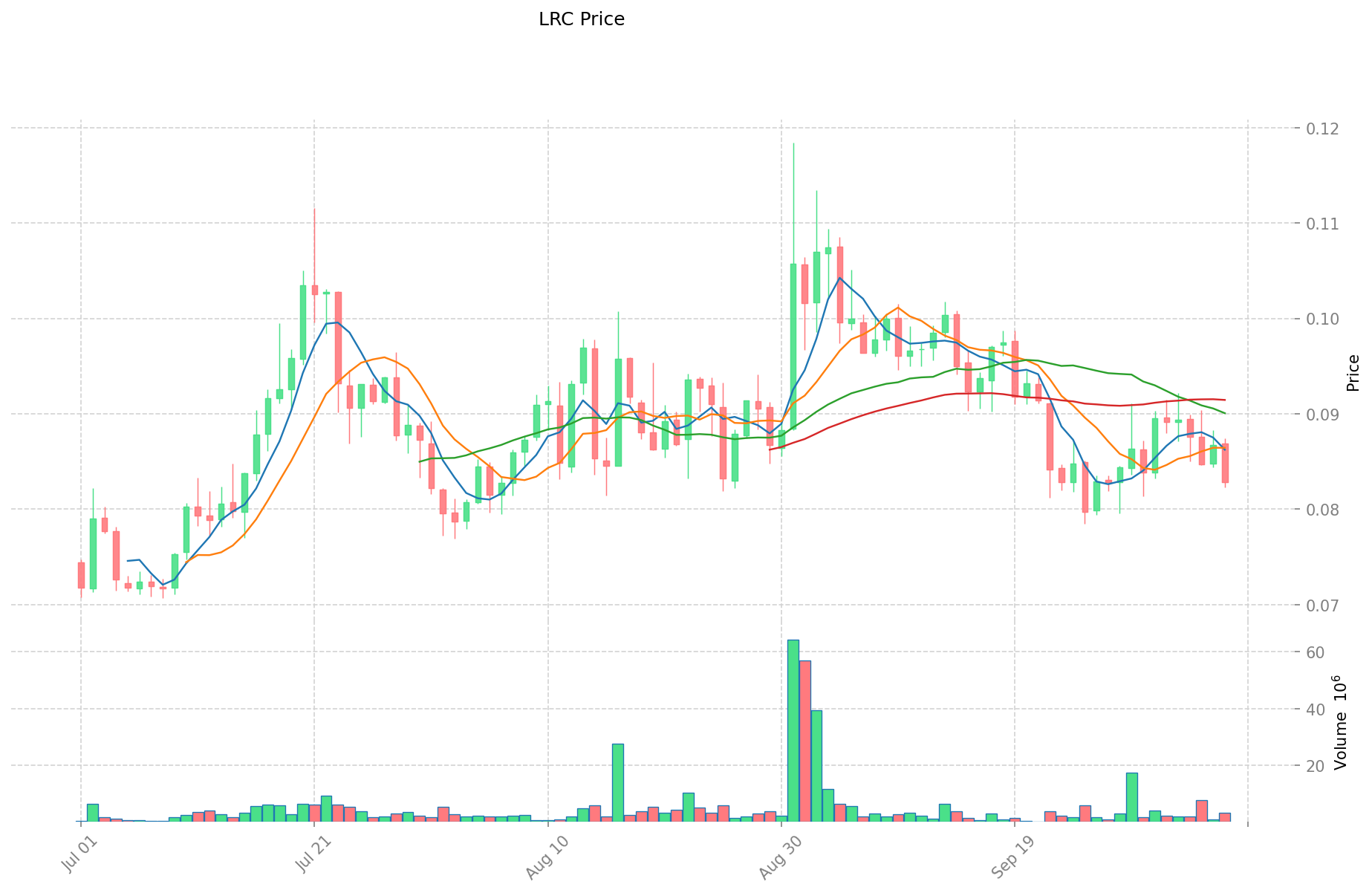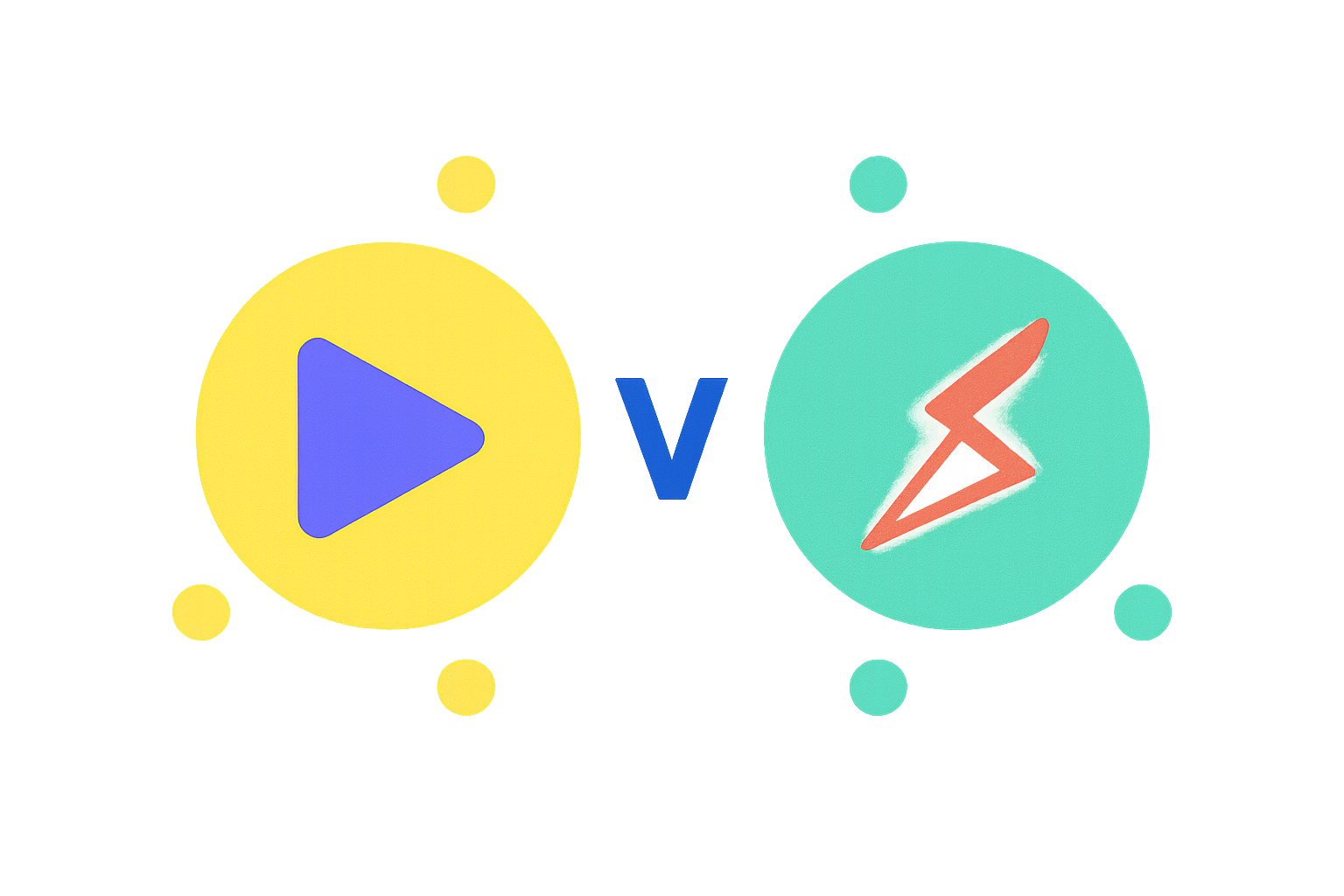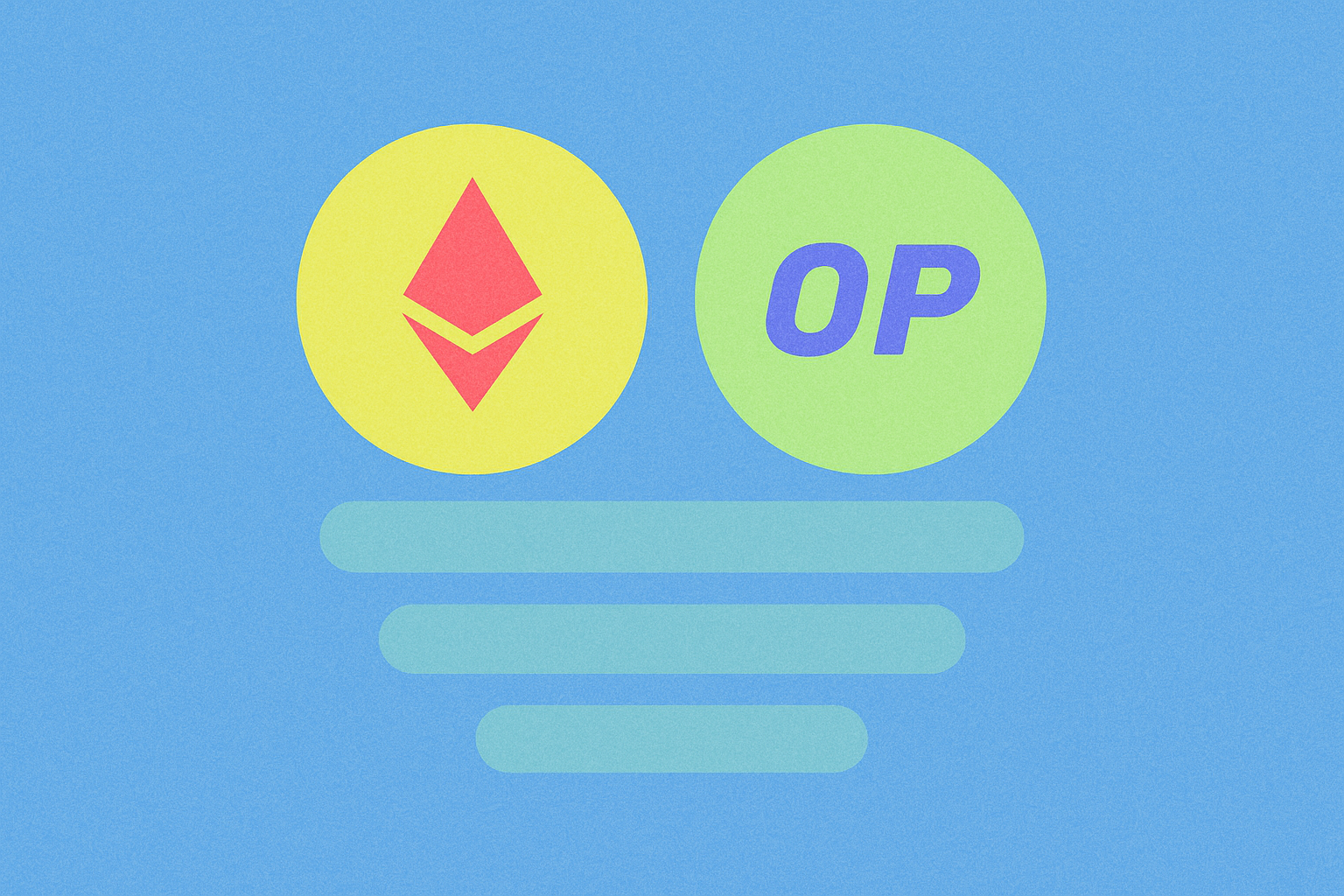SLAY ve LRC: İki Yükselen Blockchain Protokolünün Performansı ve Piyasa Potansiyelini Karşılaştırmak

Giriş: SLAY ve LRC Yatırımlarının Karşılaştırılması
Kripto para piyasasında SLAY ve LRC karşılaştırması, yatırımcıların gündeminden düşmeyen bir konudur. Bu iki varlık; piyasa değeri sıralaması, kullanım alanları ve fiyat performansı açısından belirgin ayrımlar sunarken, kripto varlık ekosisteminde kendilerine özgü konumlarıyla öne çıkmaktadır.
SatLayer (SLAY): Piyasaya çıktığı günden bu yana Bitcoin için ekonomik katman olma rolüyle tanınmış, BTC'yi farklı uygulamalar için programlanabilir bir varlığa dönüştürmüştür.
Loopring (LRC): 2017'de hayata geçirilen LRC, ERC20 ve akıllı sözleşmeler temelli açık, çoklu token işlem protokolü olarak bilinir ve merkeziyetsiz borsa uygulamalarının gelişimini hedefler.
Bu makale, SLAY ve LRC'nin yatırım değerini; geçmiş fiyat trendleri, arz yapısı, kurumsal benimseme, teknolojik ekosistem ve gelecek öngörüleri gibi başlıklarda detaylı biçimde ele alacak; yatırımcıların en fazla merak ettiği şu soruya yanıt arayacaktır:
"Şu an hangisini almak daha avantajlı?"
I. Fiyat Geçmişi ve Güncel Piyasa Durumu Karşılaştırması
SatLayer (SLAY) ve Loopring (LRC) Geçmiş Fiyat Hareketleri
- 2025: SLAY, 11 Ağustos 2025'te $0,13933 ile zirveye ulaştı.
- 2025: LRC, $0,4714 ile $2,39 arasında geniş bir fiyat aralığında oynaklık yaşadı.
- Karşılaştırma: Son piyasa döngüsünde SLAY, $0,13933 seviyesinden $0,01491 seviyesine gerilerken; LRC'deki dalgalanma daha sınırlı kaldı.
Güncel Piyasa Durumu (08 Ekim 2025)
- SLAY güncel fiyatı: $0,02553
- LRC güncel fiyatı: $0,0831
- 24 saatlik işlem hacmi: SLAY $88.029,27 | LRC $274.776,89
- Piyasa Duyarlılık Endeksi (Korku & Açgözlülük): 70 (Açgözlülük)
Anlık fiyatları görmek için tıklayın:
- SLAY güncel fiyatı için Piyasa Fiyatı
- LRC güncel fiyatı için Piyasa Fiyatı


SLAY ve LRC Yatırım Değerini Etkileyen Temel Unsurlar
Günlük Ortalama Varlık Bakiyesi
- Bankacılıkta yaygın olan "günlük ortalama varlık bakiyesi" kavramı, temel kural olarak tanımlanıyor
- Bu kavram L2 projelerinde ilk kez uygulanıyor
- Layer 2 işlemleri için bu yaklaşım makul kabul ediliyor
Varlık Yönetimi
- Varlık yönetimi, yatırım getirisini doğrudan etkiler
- Kripto varlıkların doğru yönetimi, genel yatırım performansını önemli ölçüde etkiler
- Bakiye yönetimi yaklaşımı, bankacılıkla L2 projeleri arasında farklılık gösterir
Piyasa Talebi
- Piyasa talebi, SLAY ve LRC'nin yatırım değerini doğrudan belirler
- Layer 2 çözümlerine artan ilgi, her iki token'ın değerlemesini etkileyebilir
- Piyasa eğilimlerini takip etmek, uzun vadeli yatırım potansiyeli açısından kritiktir
Teknolojik Yenilik
- Teknolojik gelişmeler, rakip kripto varlıklar arasında temel ayırt edici unsur olarak öne çıkar
- L2 teknolojisindeki yenilikler rekabet avantajı sunabilir
- Yeni özelliklerin hayata geçirilmesi, benimsenmeyi artırıp token değerini yükseltebilir
III. 2025-2030 Fiyat Tahmini: SLAY ve LRC
Kısa Vadeli Tahmin (2025)
- SLAY: Tutucu $0,0199-$0,0255 | İyimser $0,0255-$0,0329
- LRC: Tutucu $0,0439-$0,0828 | İyimser $0,0828-$0,1193
Orta Vadeli Tahmin (2027)
- SLAY, büyüme dönemine girerek $0,0318-$0,0388 aralığına ulaşabilir
- LRC, boğa piyasası ile $0,0881-$0,1510 aralığına ilerleyebilir
- Belirleyici unsurlar: Kurumsal sermaye girişi, ETF gelişmeleri, ekosistem büyümesi
Uzun Vadeli Tahmin (2030)
- SLAY: Temel senaryo $0,0445-$0,0489 | İyimser senaryo $0,0489-$0,0694
- LRC: Temel senaryo $0,1011-$0,1714 | İyimser senaryo $0,1714-$0,1954
Feragatname: Yukarıdaki tahminler geçmiş veriler ve piyasa analizine dayanmaktadır. Kripto para piyasaları yüksek oranda oynak ve değişkendir. Bu bilgiler yatırım tavsiyesi değildir. Yatırım kararı almadan önce mutlaka kendi araştırmanızı yapınız.
SLAY:
| Yıl | Tahmini En Yüksek Fiyat | Tahmini Ortalama Fiyat | Tahmini En Düşük Fiyat | Değişim Oranı |
|---|---|---|---|---|
| 2025 | 0,0329208 | 0,02552 | 0,0199056 | 0 |
| 2026 | 0,037109908 | 0,0292204 | 0,02337632 | 14 |
| 2027 | 0,03880323018 | 0,033165154 | 0,03183854784 | 29 |
| 2028 | 0,0435408724289 | 0,03598419209 | 0,0298668794347 | 40 |
| 2029 | 0,058053297098797 | 0,03976253225945 | 0,036183904356099 | 55 |
| 2030 | 0,069449238844355 | 0,048907914679123 | 0,044506202358002 | 91 |
LRC:
| Yıl | Tahmini En Yüksek Fiyat | Tahmini Ortalama Fiyat | Tahmini En Düşük Fiyat | Değişim Oranı |
|---|---|---|---|---|
| 2025 | 0,1193328 | 0,08287 | 0,0439211 | 0 |
| 2026 | 0,150641086 | 0,1011014 | 0,072793008 | 21 |
| 2027 | 0,1510454916 | 0,125871243 | 0,0881098701 | 51 |
| 2028 | 0,189687963201 | 0,1384583673 | 0,123227946897 | 66 |
| 2029 | 0,178839750123045 | 0,1640731652505 | 0,113210484022845 | 97 |
| 2030 | 0,19546036176292 | 0,171456457686772 | 0,101159310035195 | 106 |
IV. Yatırım Stratejisi Karşılaştırması: SLAY ve LRC
Uzun Vadeli ve Kısa Vadeli Yatırım Stratejileri
- SLAY: Bitcoin ekosistemi ve Layer 2 potansiyeline odaklanan yatırımcılar için uygun
- LRC: Ethereum tabanlı merkeziyetsiz borsa protokolleriyle ilgilenenlere hitap eder
Risk Yönetimi ve Varlık Dağılımı
- Tutucu yatırımcılar: SLAY %30 | LRC %70
- Agresif yatırımcılar: SLAY %60 | LRC %40
- Koruma araçları: Stablecoin tahsisi, opsiyonlar, çapraz para portföyleri
V. Potansiyel Risk Karşılaştırması
Piyasa Riski
- SLAY: Bitcoin'in piyasa performansı ve Layer 2 çözümlerinin benimsenmesine yüksek ölçüde bağlı
- LRC: Ethereum ekosisteminin sağlığına ve diğer DEX rakiplerine karşı hassas
Teknik Risk
- SLAY: Ölçeklenebilirlik, ağ kararlılığı
- LRC: Akıllı sözleşme açıkları, zkRollup uygulamasında teknik riskler
Düzenleyici Risk
- Küresel düzenleyici gelişmeler, Layer 2 çözümleri ve merkeziyetsiz borsalar üzerinde farklı etkilere yol açabilir
VI. Sonuç: Hangisi Daha Avantajlı?
📌 Yatırım Değeri Özeti:
- SLAY avantajları: Bitcoin ekosistemine güçlü entegrasyon, BTC'nin programlanabilirliği ile büyüme potansiyeli
- LRC avantajları: Ethereum DeFi alanında köklü varlık, merkeziyetsiz borsa teknolojisine odaklı gelişim
✅ Yatırım Tavsiyesi:
- Yeni yatırımcılar: LRC'nin daha yerleşik piyasa varlığı nedeniyle dengeli ve LRC ağırlıklı bir portföy düşünülebilir
- Deneyimli yatırımcılar: Her iki token değerlendirilerek, SLAY'in büyüme potansiyeli öne çıkarılabilir
- Kurumsal yatırımcılar: Portföy ihtiyaçları ve risk tercihi doğrultusunda her iki token analiz edilmelidir
⚠️ Risk Uyarısı: Kripto para piyasaları aşırı oynaklık gösterebilir. Bu makale yatırım tavsiyesi niteliğinde değildir. None
VII. Sıkça Sorulan Sorular
S1: SLAY ile LRC arasındaki temel farklar nelerdir? C: SLAY, Bitcoin ekosistemi için ekonomik katman olarak konumlanırken; LRC, Ethereum tabanlı merkeziyetsiz borsa protokolüdür. SLAY, BTC'nin programlanabilirliğine odaklanır; LRC ise Ethereum'da token takası sağlar.
S2: Son dönemde hangi token daha iyi fiyat performansı gösterdi? C: Son verilere göre LRC, SLAY'e kıyasla daha az aşırı fiyat dalgalanması sergilemiştir. LRC'nin 52 hafta aralığı $0,4714-$2,39; SLAY ise $0,13933'ten $0,01491'e kadar gerilemiştir.
S3: SLAY ve LRC'nin yatırım değerini etkileyen başlıca faktörler nelerdir? C: Günlük ortalama varlık bakiyesi, varlık yönetimi, Layer 2 talebi ve ekosistemdeki teknolojik yenilikler ana unsurlardır.
S4: SLAY ve LRC için uzun vadeli fiyat tahminleri nasıl karşılaştırılıyor? C: 2030 için SLAY'in temel senaryosu $0,0445-$0,0489; iyimser senaryosu $0,0489-$0,0694. LRC'nin temel senaryosu $0,1011-$0,1714; iyimser senaryosu ise $0,1714-$0,1954 aralığındadır.
S5: SLAY ve LRC yatırımlarındaki ana riskler nelerdir? C: Her iki token, kendi ekosistemlerine (Bitcoin ve Ethereum) bağlı piyasa riski, ölçeklenebilirlik ve akıllı sözleşme açıkları gibi teknik riskler ve değişen regülasyonlardan etkilenebilir.
S6: Yatırımcılar portföylerini SLAY ve LRC arasında nasıl dağıtmalı? C: Tutucu yatırımcılar için %30 SLAY, %70 LRC; agresif yatırımcılar için %60 SLAY, %40 LRC önerilebilir. Ancak dağılım, kişisel risk ve hedeflere göre şekillenmelidir.
S7: Yeni yatırımcılar için hangisi daha iyi bir seçenek? C: LRC, Ethereum DeFi alanında daha yerleşik olduğu için yeni yatırımcılar için biraz daha avantajlı görünebilir. Ancak dengeli bir portföyle her iki token da değerlendirilmelidir.

Raoul Pal: Kripto'nun Geleceği Üzerine Büyük Bahis Oynayan Makro Dahisi

bir kripto coin bir ETF aldığında..

Helal Kripto Listesi: 2025'te Şeriat Uygun Coin ve Token'lar

Şu Anda Alınacak En İyi Kripto: Akıllı Yatırımcılar için 2025 Rehberi

2025 POL Fiyat Tahmini: Polygon’un Yerel Token’ı İçin Potansiyel Büyüme Dinamikleri ve Piyasa Eğilimlerinin Analizi

2025 OP Fiyat Tahmini: Optimism’in Layer 2 (Katman 2) Ölçekleme Çözümlerindeki Uzun Vadeli Değer Potansiyelinin Analizi

Web3 meraklıları için Arbitrum köprüsünü kullanma konusunda eksiksiz rehber

SUT ve BCH: İki Rakip Blockchain Çözümünün Kapsamlı Karşılaştırması

TURBO ve RUNE: Bir Sonraki Boğa Piyasasında Hangi Token Öne Çıkacak?

Optimism ağında Token Takası Nasıl Yapılır

Kripto Varlıklar içerisindeki döngüsel önemi, piyasa döngülerinin nasıl servet fırsatları yarattığı.







